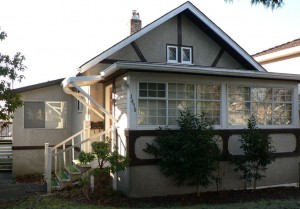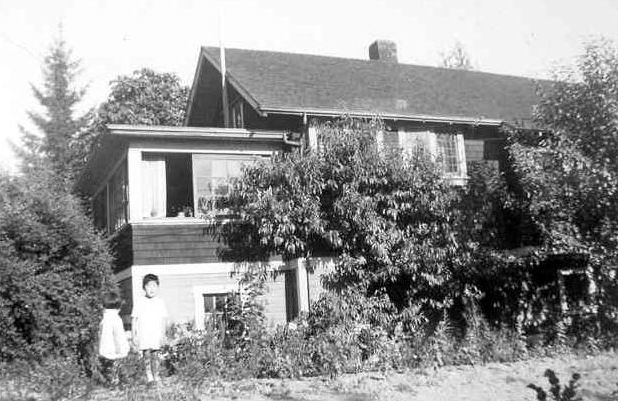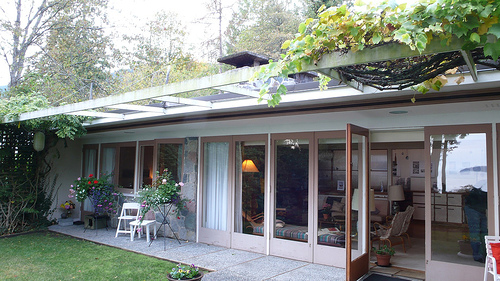At 7:30 pm on Tuesday June 26, the Vancouver Heritage Foundation is presenting a Places that Matter plaque to the Joy Kogawa House. The house at 1450 West 64th Avenue is one of 125 places chosen to celebrate Vancouver’s 125th anniversary and represent people, places and events that have shaped the city and that matter to Vancouverites. Everyone is welcome to attend.
For more about Joy Kogawa and Kogawa house see Sensational Vancouver’s legendary women chapter
While huge numbers of perfectly solid old houses have been torn down all over Vancouver, replaced by monster houses or parking lots or subsidized government housing, those that remain form an important part of the city’s early history. More importantly, these houses provide a context for the social history of Vancouver and reveal secrets that would otherwise be forgotten or hidden forever.

Joy Kogawa’s childhood house is a perfect example. The 1912 house is a modest wood-framed bungalow in South Vancouver, one of the few original houses that remain in the neighborhood. While there’s really nothing architecturally significant about it, what makes it of great historical importance and worth preserving is the house’s social history.
The house figures prominently in Joy’s classic novel Obasan, considered one of the 100 most important Canadian books ever written. The house is a physical reminder of the time when 22,000 Japanese-Canadians—fishermen, miners, merchants, and foresters—were wrenched from their homes and interned at places like Slocan, BC, during the Second World War. It was a shocking period in Canada’s history, and Joy’s house is an important monument to that time.
Obasan tells the story of the Japanese internment through the eyes of Naomi Nakane, 6, who had her family ripped apart by the war. In reality, Joy Nakayama, born in 1935 and her family had their house confiscated by the Canadian Government and sold without their permission, in 1942.
“The house, if I must remember it today, was large and beautiful,” she writes in Obasan. “I looked it up once in the November 1941 inch-thick Vancouver telephone directory. “I wrote to the people who lived there and asked if they would ever consider selling the house, but they never replied.”

Joy goes on to write that the house she remembered had a hedge and rose bushes, flowers and cactus plants that lined the sidewalk. The backyard had a sand box, an apple tree and a swing where she would dangle by her knees.
In 2003 Joy drove past the old house while on a trip to Vancouver. She was stunned to find that it was for sale. “But the asking price was out of sight, over $500,000 dollars,” she told a Vancouver Sun reporter. “Still it was amazing that the house was still there, when all around it, the old houses were gone and replaced with new ones.”
When it looked like the new owner was set on tearing down the house a group formed the Joy Kogawa Homestead Committee, and together with the Land Conservancy, saved the house from demolition.
Today the house is a writers-in-residence site and a literary landmark.
For more information: Places that matter and Joy Kogawa House
© All rights reserved. Unless otherwise indicated, all blog content copyright Eve Lazarus.



